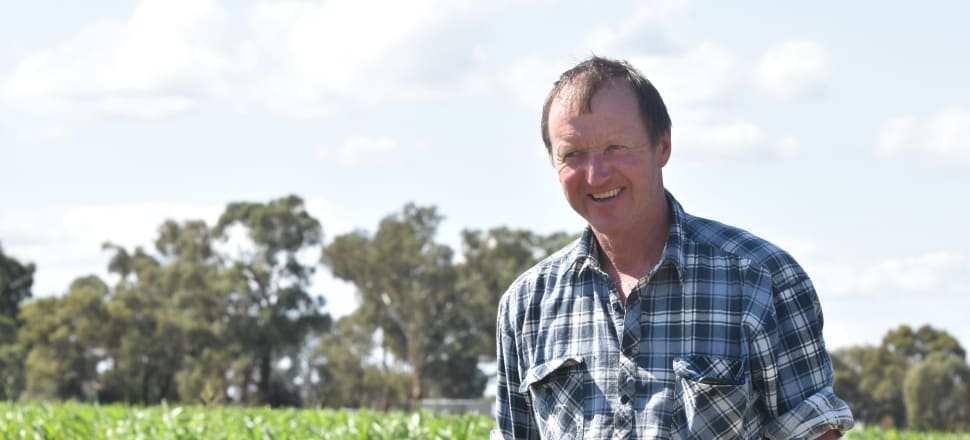Not a bad effort considering he does most of the work himself.
The key to John’s success has been milking a manageable number of cows which peak at 150 off 98ha.
“This is a good manageable number for me. I have no complaints as I can get away and have a bit of a lifestyle as well,” John said.
The majority of the milking herd (70 per cent) calve in spring and the rest in autumn.
Spring calving heifers are joined using sexed semen while the main herd is joined for a period of 4-6 weeks with conventional semen, herd bulls including angus or Hereford are used to mop up any animals not in calf.
The autumn calving herd is synchronized and joined to A.I using conventional Normandy seman.
“Normandy are a high yielding carcass animal known for cheese making. I have been dabbling in them for over a decade. They are a dual purpose slow maturing breed which make a good cross suitable for beef – any crossed heifers I join back to Normandy which I calve down at 2.5 years of age.”
John said joining his herd to beef reduces the need for selling bobby calves into the market.
John runs a pasture-based system which includes Lucerne, annuals, sorghum and a little bit of cereal.
Brassica’s have also worked their way into the rotation because they are a cheap feed source. Sown at 3kg/ha at a cost of around $12 per kg, John said in a year like this they provide a good early start to grazing.
“I am sowing them now and six weeks later I will have feed up to me knees.,” he said.
The cows do take a few days to adjust to eating brassica’s initially, but John only grazes them for one feed a day usually with oaten hay – they get a high protein feed source at night.
“I have learnt to watch out the next day because they can be a bit volatile in the dairy after eating brassicas,” he laughed.
Most of the farm is irrigated through a pipe and riser system made part in possible by doing away with a wheel and closing a spur channel.
John has access to both spear point and wheel water.
“All my irrigation works were done through cash flow because at the time it didn’t suit me to give up water and I am very grateful for that now.”
As with most people who live within the Lockington district, John wears a few community hats including president of Lockington Landcare Group.
Back in December the group took part in a project to establish populations of summer active dung beetles across 16 farms in the local area.
While John already had dung beetles established on his property he was interested in getting a summer population thriving and while it is only early days for the new colony, things are going well.
“I have noticed the beetles are starting to move out into a bigger area and there are a lot more disturbed pats so they are certainly out their working away.”
John said dung beetles are great little workers.
“They take a ball of manure with them as they dig down into the soil which helps to lock nutrients including nitrogen into the root zone, increase fertility and aerate the soil,” he said.
Predators include foxes and ibis who scratch around the pats and try to dig up the beetles.
“We also have to be careful of cattle drenches when we worm the cows because they can damage populations.”
John said it was great farmers from Tennyson, Echuca west Lockington and inbetween participated.
“If we can establish strong dung beetle populations in the area it will be a good thing for us all,” he said.
John said recent rains have been spot on and he couldn’t have asked for a better finish to the season as he busily sows pastures for the year ahead.













